Laurent Perrier Grand Siècle Champagne:, House Heritage and Tasting Notes
by Ken Gargett
When one of the world’s leading wine critics names a non-vintage champagne as their Wine of the Year (not just Champagne of the Year), then it is worth a look, especially when it achieved that in competition with some 36,000 other wines.
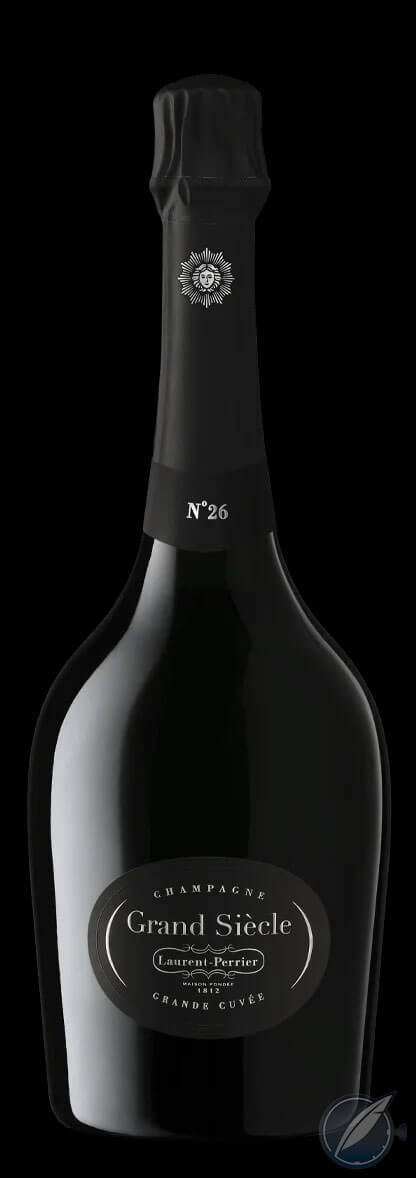
Laurent-Perrier’s Grand Siècle No. 26
The wine is Laurent-Perrier’s Grand Siècle No 26.
The champagne House that became Laurent-Perrier was originally established in 1812 by André-Michel Pierlot, a cooper who settled in the village of Tours-sur-Marne in that year to operate as a Champagne merchant. He was succeeded by his son, Alphonse, who passed away without descendants.
He left the House to his cellar master, Eugène Laurent. Unfortunately, a story that seems to have happened a bit too often in Champagne, Eugène died prematurely in 1887, and his widow, Mathilde-Emilie Perrier, took over the House. The name was changed to Veuve Laurent-Perrier (veuve is French for widow).
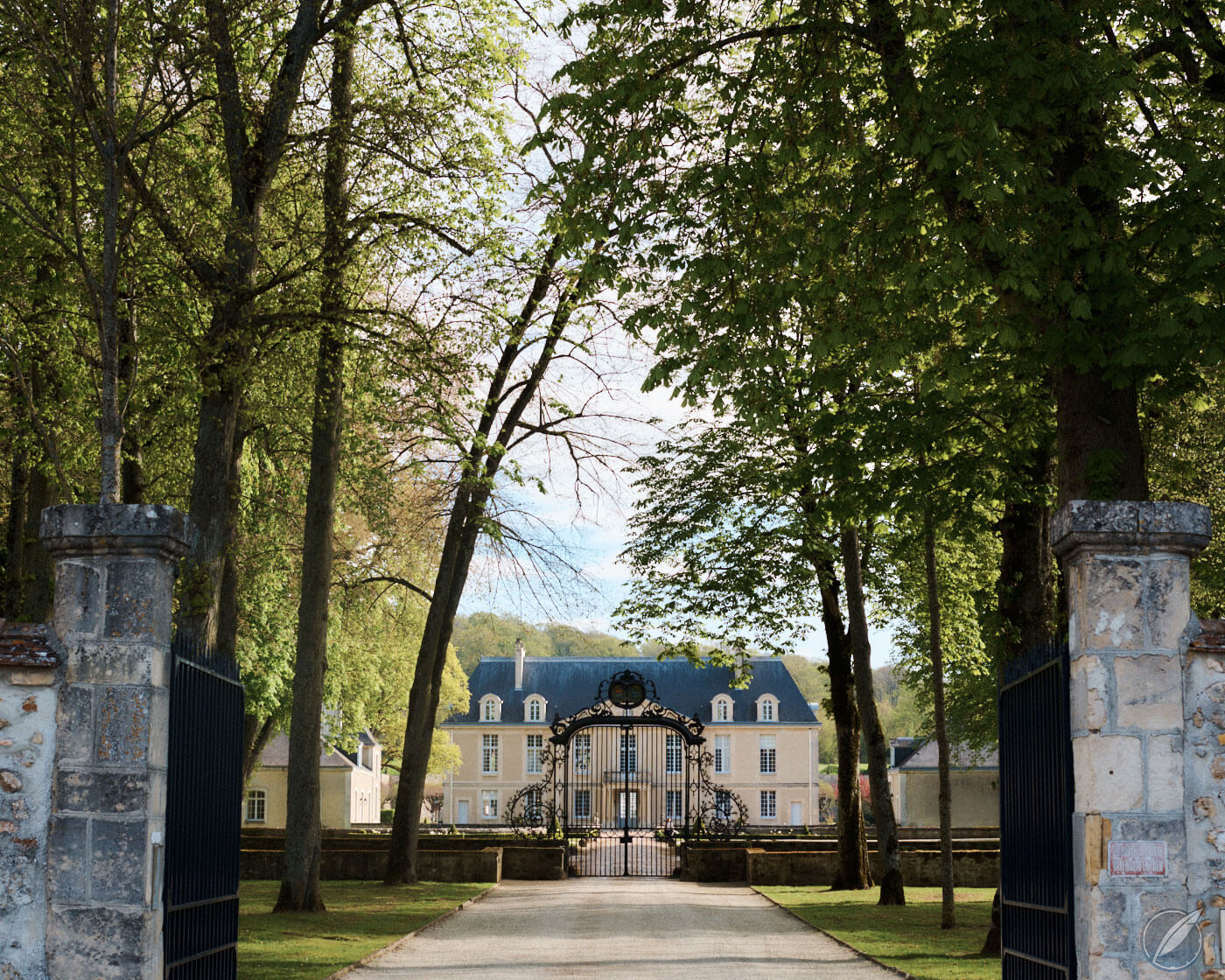
Welcome to Domaine Laurent Perrier
Mathilde-Emilie ran Laurent Perrier until she passed in 1925 and was succeeded by her daughter, Eugénie-Hortense. Eugénie-Hortense sold the House in 1939 to Marie-Louise Lanson de Nonancourt. It remains in the Nonancourt family today.
Marie-Louise had two sons, both of whom fought in the French Resistance, Bernard joining when just 19. Older brother, Maurice, had been earmarked to take over but tragically died in a German concentration camp.
Bernard survived and returned from the War to join the Laurent Perrier as an apprentice and was a quick study. By 1948, he became Chairman and CEO, at the tender age of 28. In fairness, Bernard had already seen more than most of us would in several lifetimes.
————————————————————————————————————–
—————————————————————————————————–
Bernard is always described as a gentleman, first and foremost. Always immaculately dressed in a suit, even around the winery, a man of manners and courtesy, he was a legend of the industry.
He was also extremely tall. I almost met him on my first visit to Laurent Perrier back in 1993. He was at the end of a hall and we were headed to meet him, but he was engaged in a rather animated discussion with an employee, something that was so rare as to shock the person escorting me and for them to suggest, perhaps another time.
Sadly, that time never eventuated and Bernand passed away in 2010 at the age of 90, having run Laurent Perrier for 62 years. In that time, it went from a small family operation that nearly went under during the early days of his reign, to the third largest producer of champagne by 2005.
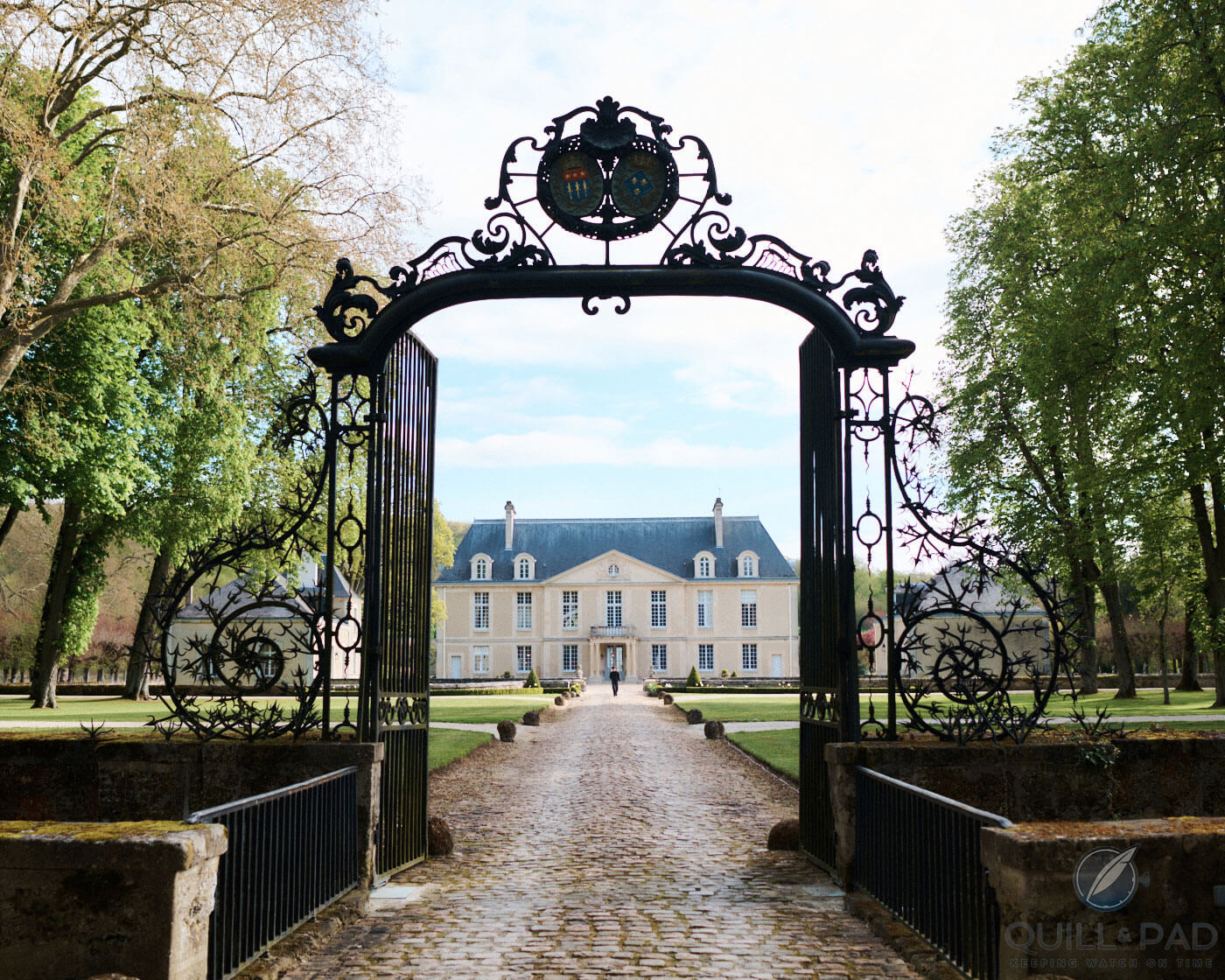
The gardens of the Laurent Perrier chateau
As well as the Laurent Perrier, they also own Delamotte, Bochet-Lemoine,Champagne de Castellaine, and what is for many, the ultimate jewel in the champagne crown, Salon.
Bernard’s daughters (he had four children), Alexandra and Stéphanie, now run the House, while the next, generation, the fourth, Lucie Pereyre de Nonancourt, has been blessed with the plum role of looking after their prestige cuvee, Grand Siècle – only appropriate as she was baptized with a bottle of Grand Siècle.
Michel Fauconnet is Chef de Cave and has been with Laurent-Perrier since 1974. He has been Chef de Cave since 2004 and is also responsible for making Salon. Michel is probably the longest serving chef de cave in Champagne.
Anyone who has read the wonderful “Wine and War” by Donald and Petie Kladstrup will know about Bernard and some of his exploits.
—————————————————————————————————–
—————————————————————————————————–
When Germany invaded France, they plundered the country’s wine supplies. An estimated two million bottles of champagne alone in the first couple of weeks, and restrictions were placed on producers to ensure wines went to Germany. That especially applied to the great wines.
Some champagne houses walled up the tunnels in which they matured their wines to hide production. Some also hid Allied airmen, stashes of arms, and escaped prisoners-of-war, which would have led to the execution of those responsible if ever found.
Others simply supplied the Germans with all their worst vintages, those they’d had trouble selling. It was rare for the Nazis to notice anything.
Never has Churchill’s wonderful saying, “Remember gentlemen, it’s not just France we are fighting for, it’s Champagne!”, been more apt.
I have not read my copy of ‘War and Wine’ for a few years (it is hiding in a box somewhere since the move), but I remember one story about Bernard escaping the Nazis by fording a river at night dressed in a nightie as a disguise, I think (my memory has proven itself unreliable on occasion). If so, he must have been a rare sight at his extreme height.
Hitler may not have indulged in wines (that alone says something and that might even extend to today), but his henchmen were not so abstemious. The great wines that were looted, were often taken to Hitler’s lair in the mountains.
Bernard had worked in the liberation of Dachau and was then part of the raid on Eagle’s Nest, Hitler’s hideaway atop the mountains. It was Bernard who set the charges to break down the cellar door and who then stepped in to be confronted with an Aladdin’s Cave of vinous gems, not least champagne.
Included were many cases of his family’s Laurent-Perrier and the famous 1928 Salon.
This was only the 7th vintage of Salon (more accurately, it was only the third available to the public – the first, the 1905, and subsequent years were family and friends only, but demand saw the 1921 made available, as well as the 1925, the only two other public releases at the time), but coming from what was for many, the vintage of the century, 1928, it was the wine which confirmed Salon as truly special.
It is a rather nice coincidence that many years later, in 1988, Bernard would purchase the House of Salon.
—————————————————————————————————–
—————————————————————————————————–
In the years following the War, we saw champagne Houses start to introduce prestige champagnes, on top of their standard non-vintages and vintages. Each House was keen to differentiate itself, and Bernard came up with a rather novel, if somewhat obvious, solution: blending
Champagne is the region of blending – vineyards, grapes and vintages. And so he maintained this with his Grand Siècle. Each release is a blend of up to eleven selected vineyards – Grand Cru and the same each release – and grapes, usually around 55% Chardonnay (it is always Chardonnay dominant) and 45% Pinot Noir, but importantly, three vintages.
There were, in the late 80s and early 90s, some vintage releases of Grand Siècle, apparently largely for the American market, but that was stopped. There was also, according to Richard Juhlin’s “4,000 Champagnes”, a lone vintage release in the early days, the 1959.
The first tri-vintage Grand Siècle was a blend of 1952, 1953 and 1955. Interestingly, the 1964 vintage never made the cut for any Grand Siècle. For me, hard to beat the blend of 1982, 1985 and 1988. At least until we hit the latest release, the 26th version. What a wine! But in those days, no one outside the House knew what vintages were blended.
For years, Grand Siècle was seen as one of the lesser prestige cuvees in the eyes of many. Hard to believe that was due to quality. More likely a combination of it not being vintage, and it has only been in recent years that we have been privy to the vintages in each release.
This is not a criticism aimed at Laurent-Perrier. The Champenois were famous for keeping information to themselves. I never understood that – you have a large number of champagne lovers seriously interested in that stuff, but the Houses felt it was better not to burden drinkers with excess information.
Fortunately, these days, the Houses are far more likely to provide all manner of information. That is a really good thing.
For Laurent-Perrier, this changed in 2019 with the release of the 24th iteration (and 22nd, for magnum, which is always a few years behind). After the vintages are chosen, the wine is blended and will then spend at least ten years on lees. Always Grand Cru – Ambonnay, Bouzy, Verzy, Verzenay, Tours-sur-Marne in Montagne de Reims, and Cramant, Oger, Mesnil-sur-Oger, Chouilly and Avize in the Côte des Blancs – percentages vary.
The aim is a wine that can both age for several decades and is a joy to drink on release.
—————————————————————————————————–
—————————————————————————————————–
Laurent-Perrier also make an extremely rare Reserve – always in magnum – the latest the first to be released in a decade. Dubbed No 20, it is a blend from 1999, 1997 and 1996, and has spent 21 years on lees.
It is extremely rare and even more expensive than Grand Siècle (we are talking several thousand per magnum – and that is pretty much any and every currency you can think of), but it is something to behold.
A friend had several magnums of the previous release, the 571, truly a unicorn wine. It is simply not just one of the greatest champagnes I have ever tasted but one of the greatest wines.
Recently, Laurent-Perrier have released a younger sibling for Grand Siècle, the Heritage. It is already available in several countries, but we were fortunate to have several bottles sent to Australia before next year’s general release, for a preview tasting.
Similar but different, is the best way I can think of to describe the Heritage. 50% Grand Cru and 50% Premier Cru, the fruit comes from forty different crus, and is a blend of 55% Chardonnay and 45% Pinot Noir.
This first release is based on four vintages, not just three. At this stage, this wine will be more flexible and could vary in the number of vintages and other aspects.
This release is a blend of 2019 (30%), 2018 (30%), 2016 (20%) and 2014 (20%). I have detailed before that 2016 is not a favourite of mine – always seems a bit simple – but the others are all superb years and in the hands of the magicians at LP, they have created a stellar wine.
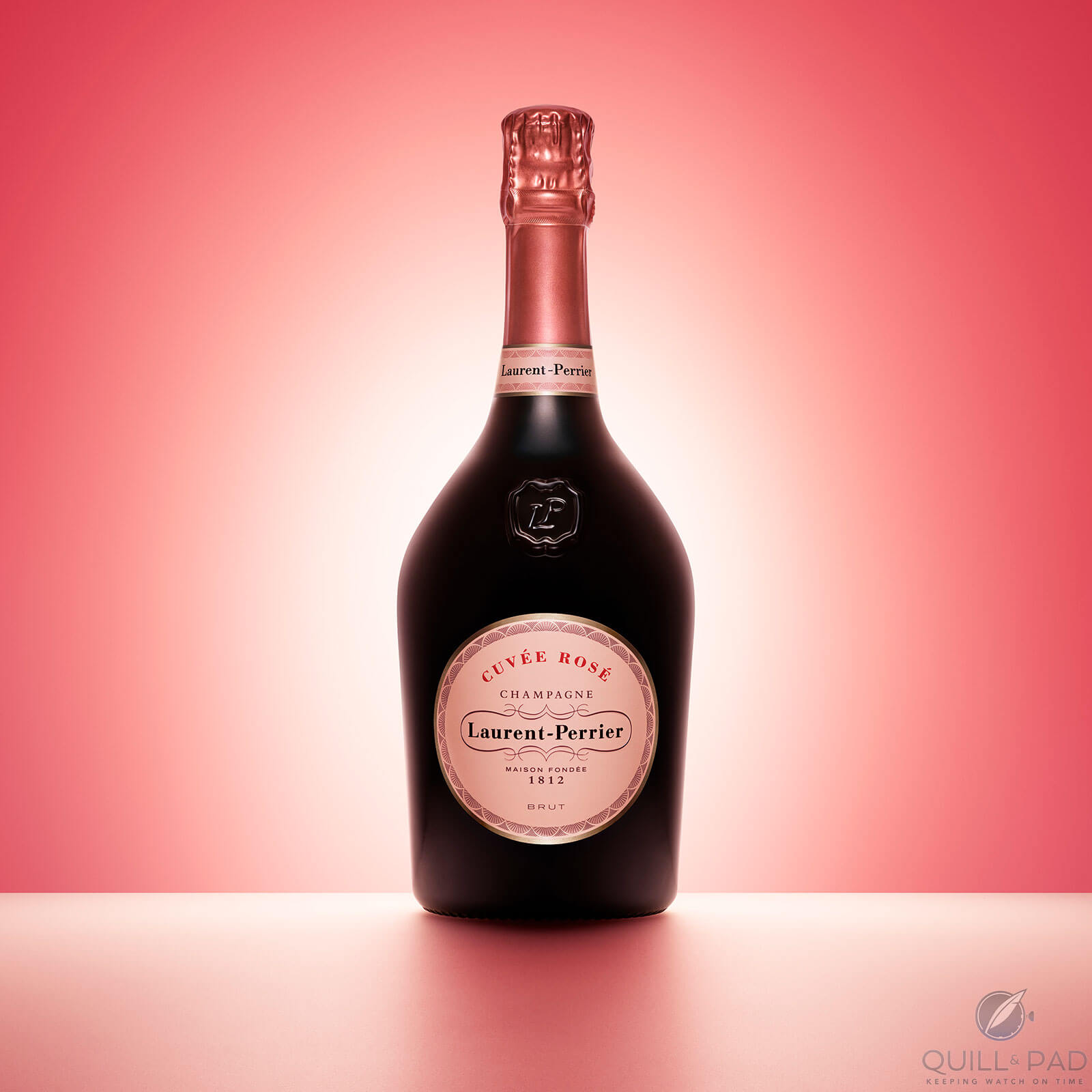
Laurent Perrier Cuvée Rosé champagne
Laurent-Perrier also has one of the finest Roses made in the region, and stunning vintage releases. We also looked at both the 2012 and 2015 vintages on the night. 2015 was a hot year, but experience and cool weather at harvest saved the day. 2012 is simply one of the greats.
—————————————————————————————————–
—————————————————————————————————–
Tasting Notes
Brut Millésimé 2015 (A$190) – While it may have been a hot year, most competent chef de caves handled it so much better than a year like 2003 (a disaster for almost all). This is a gorgeous bottle. Fragrant with floral notes, spices, lemon blossoms, and backed by crisp, citrussy acidity.
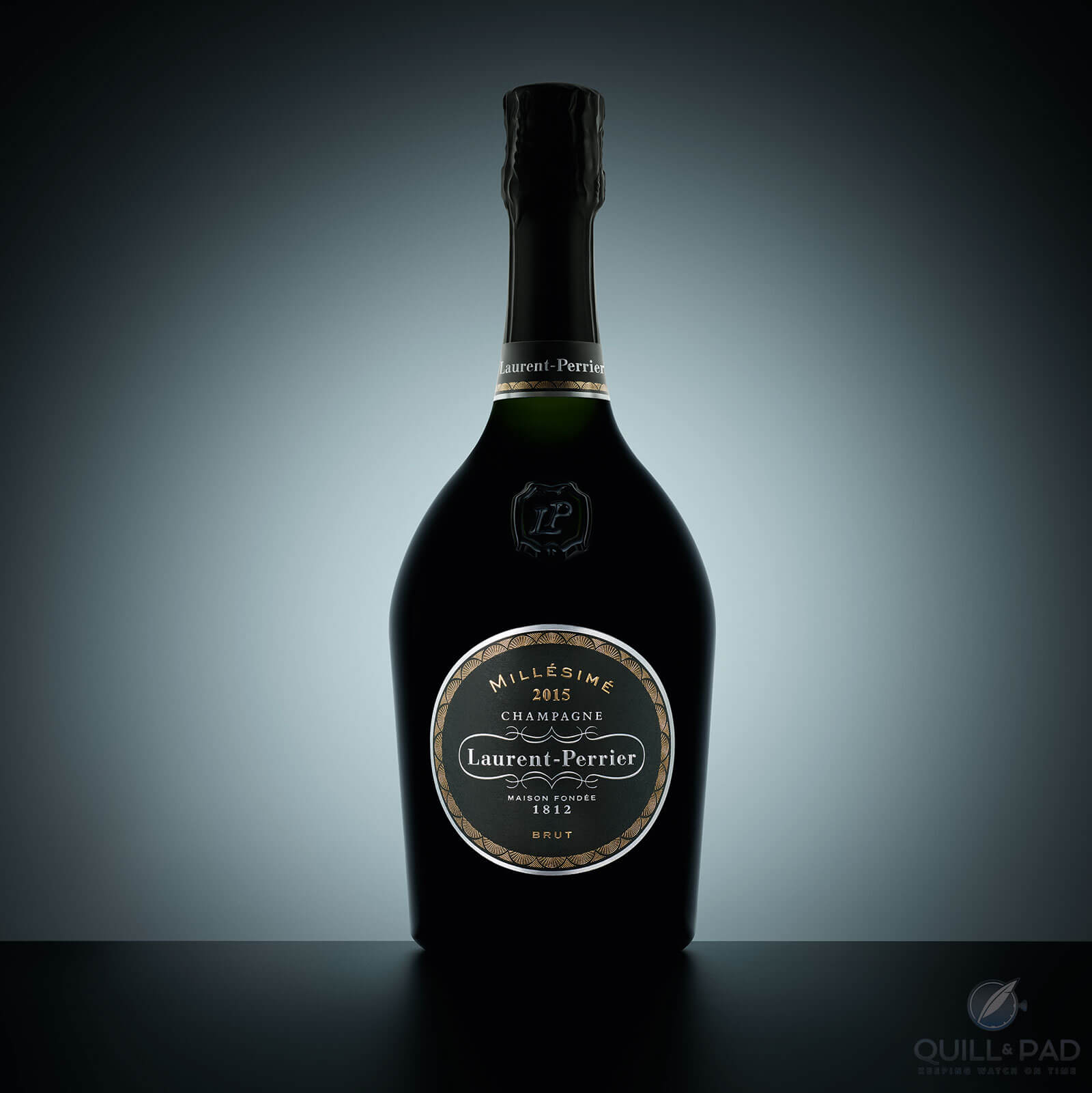
Laurent Perrier Brut vintage 2015 champagne
There is a fine focus here, with touches of stone fruits emerging on the palate. Impressive length, this should be a joy over the next six to eight years. 94.
Brut Millésimé 2012 (A$150) – There is immediate complexity here with delightful spice notes, including a flick of pepper? Citrus flowers, a touch of gingerbread and glacéd lemon notes, hints of oyster shell. Even gentle touches of nutty notes and lemon butter (our host described how her grandmother made lemon butter and it was reminiscent of this wine – my grandmother also made wonderful lemon butter and again, hints of it here.

Laurent Perrier Brut vintage 2012
She also made brilliant gooseberry jam, which I think of every time someone compares Sauvignon Blanc to gooseberries, because her jam could not have been more removed from a glass of Savvy).
This is beautifully crafted, balanced, very long, offers a lingering finish with hints of honey. It seems certain to drink superbly for at least ten to fifteen years. 96.
Heritage (A$190) – The new wine and a most welcome addition to the portfolio. Spices, nuts, lemony notes and florals all on the nose, but the highlight for me is the gorgeous creamy texture the wine exhibits. Almond notes linger, as do peach skin characters. Finely balanced with vibrant acidity and great length, this is clean and fresh, though still quite tight and taut at this early stage.
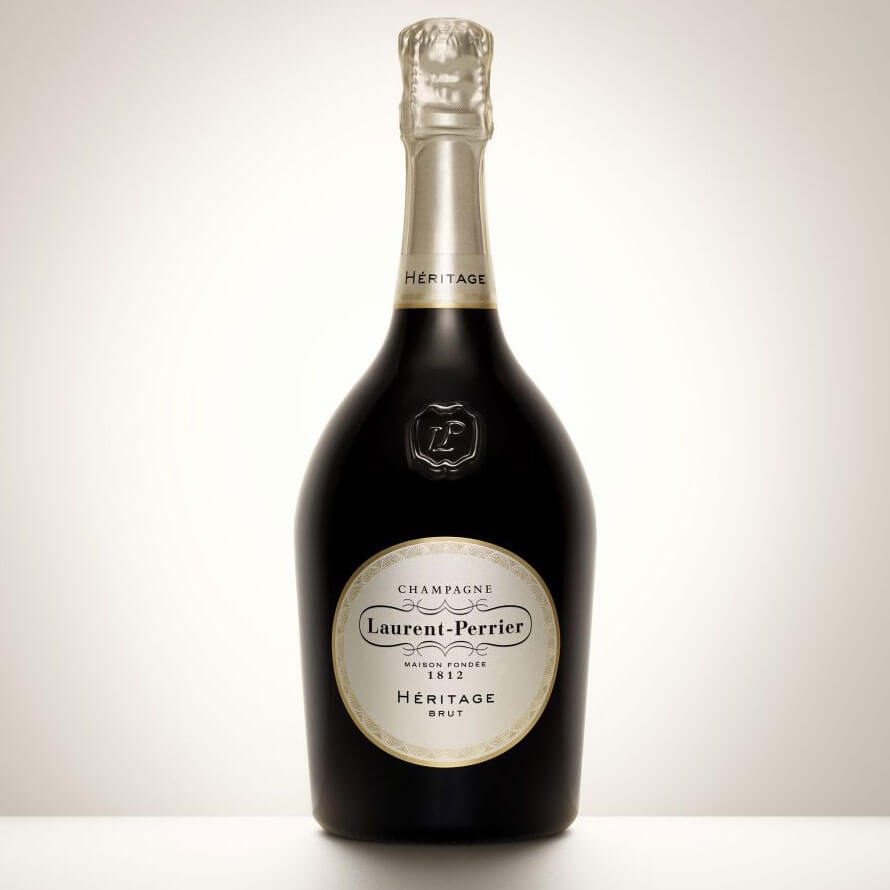
Laurent Perrier Héritage champagne
Stunning stuff. Ten to twelve years. If anything, this wine shows Houses that choose to ignore the options of blended wines among their elite are doing themselves a disservice (and perhaps we should consider them more for still wines – Penfolds has done it very successfully with their G3, G4 and G5 blends, although they were both very limited and expensive). 95.
Grand Siècle No 26 (A$480) – This is a wine that should be a must for any champagne lover. The prices of top champagnes have risen considerably in recent years, and this line is not immune, but compare the quality with the best of Burgundy and Bordeaux and this becomes amazing value.

Laurent Perrier Grand Siècle No 26
This release is 65% 2012 with the remainder a mix of 2008 (25%) and 2007 (10%). As noted above, 2012 is a great year. Some may question the inclusion of 2007, as it is rarely mentioned when the star vintages of Champagne are discussed, but it was a brilliant year for Chardonnay. 2008 is, as regular readers will be all too aware, my favourite year since 1988. It is that good.
The final blend included 58% Chardonnay. The result of the blend is a wine that is majestic. Refined, elegant, fresh, and yet complex, balanced and intense, there are notes of citrus, spices, a hint of stonefruit and touches of pineapple, with a flicker of peach tart.
A wonderfully creamy texture, this will easily enjoy a decade or two in a good cellar and will stun champagne lovers every time they open one. I have tasted it twice and both times, 100 points without hesitation.
For more information, please visit www.laurent-perrier.com/en/champagnes/grand-siecle/
You might also enjoy:
Veuve Clicquot La Grande Dame 2012: A Complete Champagne with Great Balance and Length
Salon Le Mesnil Blanc De Blancs: An Original ‘Unicorn’ Champagne
Non-Vintage Champagnes: They are Getting Better and Better!

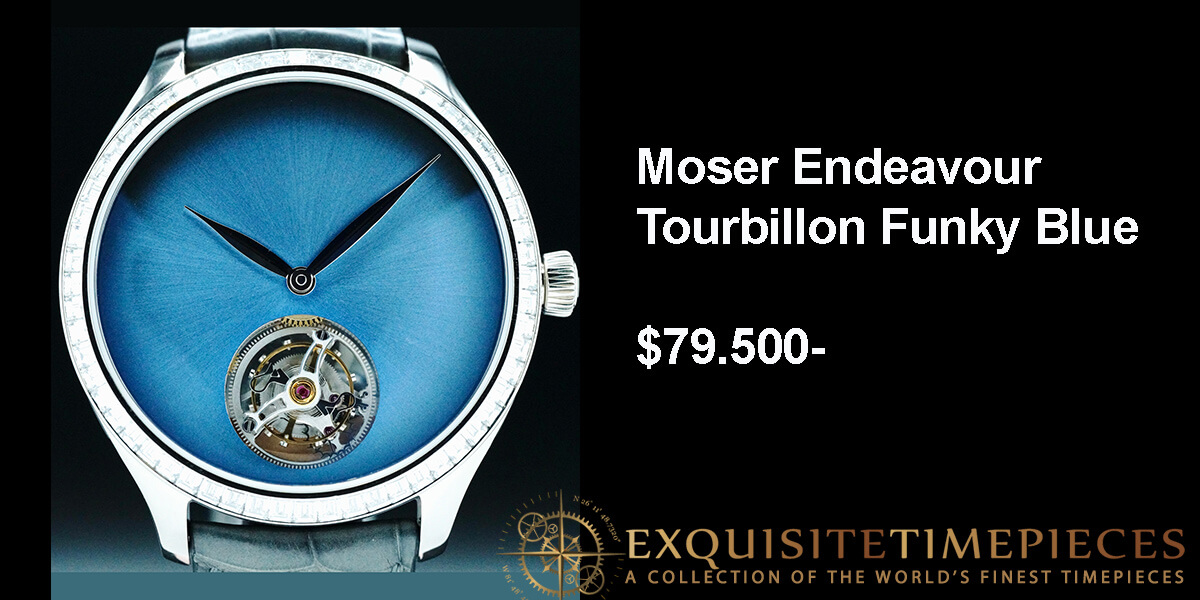
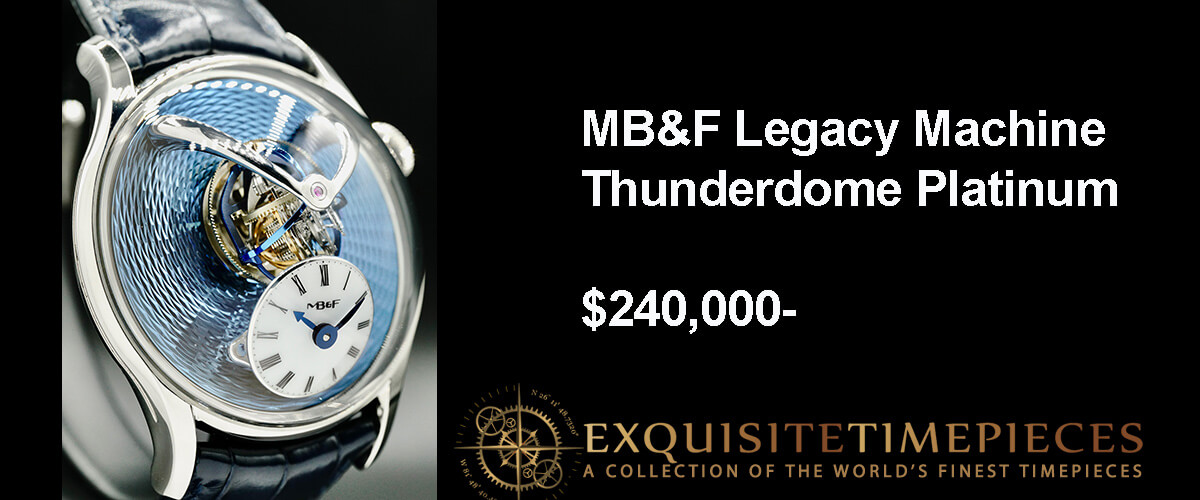
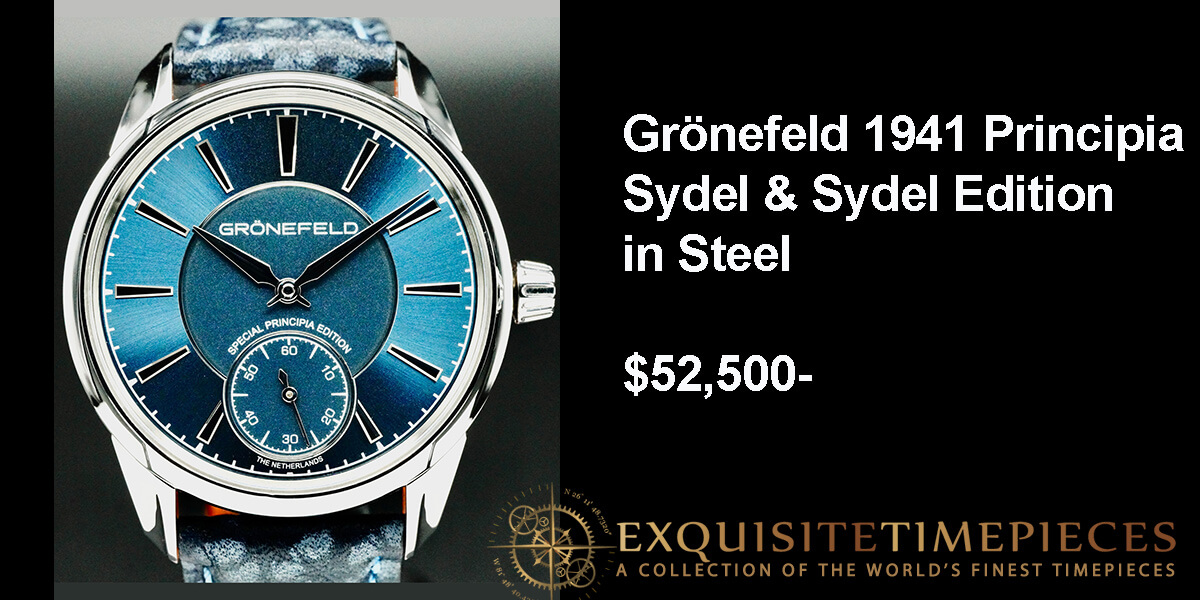

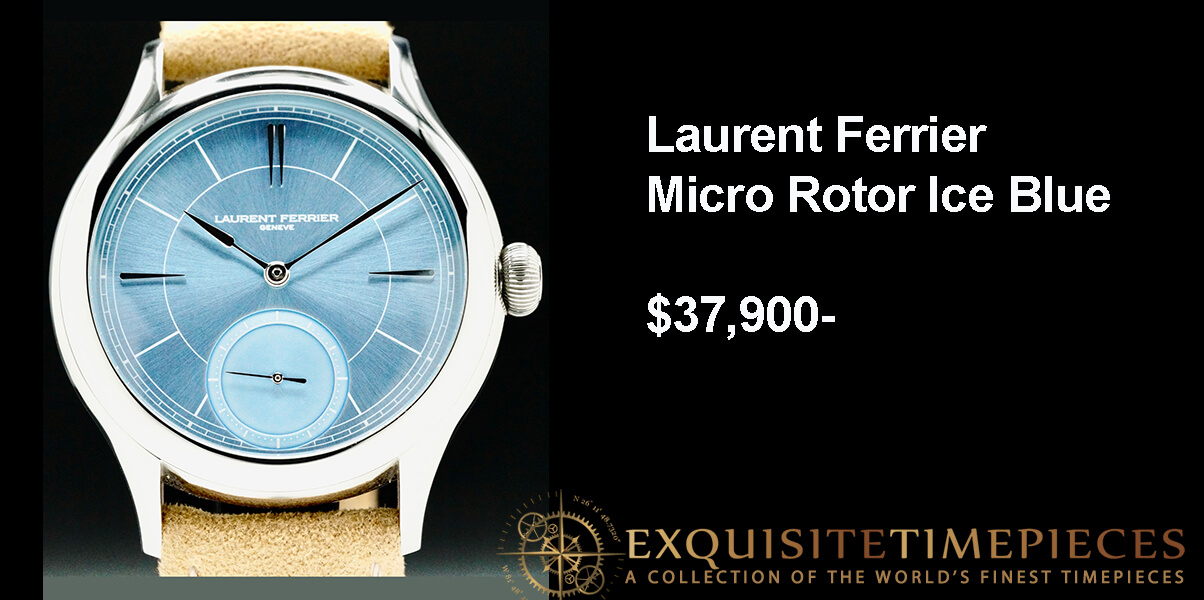


Leave a Reply
Want to join the discussion?Feel free to contribute!